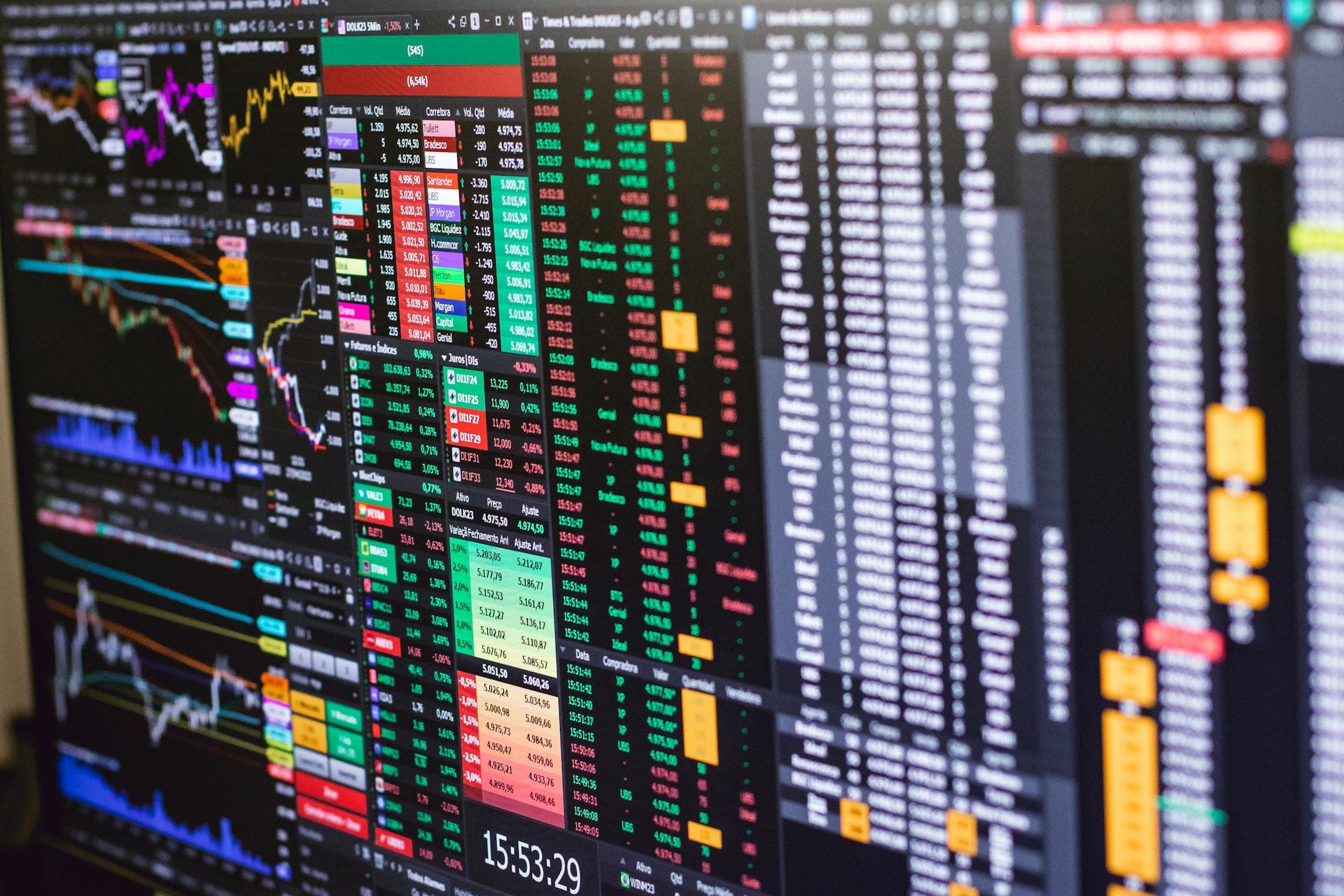Data analysis is continuously evolving, driven by advancements in technology and the increasing availability of data. In this blog post, we’ll explore some of the latest trends and innovations in data analysis that are shaping the future of the industry.
Emerging Trends in Data Analysis
Artificial Intelligence and Machine Learning: AI and ML are revolutionizing data analysis by enabling more accurate predictions and automating complex tasks. These technologies can process vast amounts of data quickly and uncover patterns that might be missed by traditional methods.
Big Data Analytics: With the explosion of data from various sources, big data analytics has become essential. It involves analyzing large and complex datasets to extract valuable insights that can drive strategic decisions.
Real-Time Data Analysis: The demand for real-time insights is growing. Real-time data analysis allows businesses to make immediate decisions based on current data, improving responsiveness and agility.
Data Privacy and Security: As data breaches become more common, ensuring data privacy and security is a top priority. Innovations in encryption, anonymization, and secure data storage are critical to protecting sensitive information.
Data Democratization: Making data accessible to a broader audience within an organization is becoming increasingly important. Tools that simplify data analysis and visualization are empowering non-technical users to leverage data in their decision-making processes.
Innovative Tools and Technologies
Cloud-Based Analytics: Cloud platforms like AWS, Google Cloud, and Azure offer scalable and cost-effective solutions for data storage and analysis. They provide powerful tools and services that can handle large datasets and complex computations.
Augmented Analytics: This approach uses AI and ML to enhance data preparation, analysis, and visualization. Augmented analytics tools can automate data insights, making it easier for users to understand and act on their data.
Edge Computing: By processing data closer to its source, edge computing reduces latency and bandwidth usage. This is particularly useful for real-time data analysis in IoT applications.
Natural Language Processing (NLP): NLP enables computers to understand and interpret human language. In data analysis, NLP can be used to analyze text data, extract insights, and even generate reports in natural language.
Data Visualization: Advanced data visualization tools like Power BI, Tableau, and D3.js are making it easier to create interactive and insightful visualizations. These tools help users understand complex data through intuitive and engaging visuals.
The Impact of Data Analysis on Various Industries
Healthcare: Data analysis is transforming healthcare by enabling personalized medicine, improving patient outcomes, and optimizing hospital operations. Predictive analytics can help identify disease outbreaks and manage resources more effectively.
Finance: In the finance industry, data analysis is used for risk management, fraud detection, and investment strategies. Real-time data analysis helps financial institutions respond quickly to market changes.
Retail: Retailers use data analysis to understand customer behavior, optimize inventory, and personalize marketing efforts. Analyzing sales data can help identify trends and improve supply chain efficiency.
Manufacturing: Data analysis in manufacturing can improve production processes, reduce downtime, and enhance product quality. Predictive maintenance uses data to anticipate equipment failures and schedule timely repairs.
Conclusion
The future of data analysis is bright, with continuous advancements and innovations driving the industry forward. By staying informed about the latest trends and technologies, businesses and individuals can harness the power of data to gain a competitive edge and make smarter decisions. Whether you’re a seasoned data analyst or just starting, embracing these trends will help you stay ahead in the ever-evolving world of data analysis.
